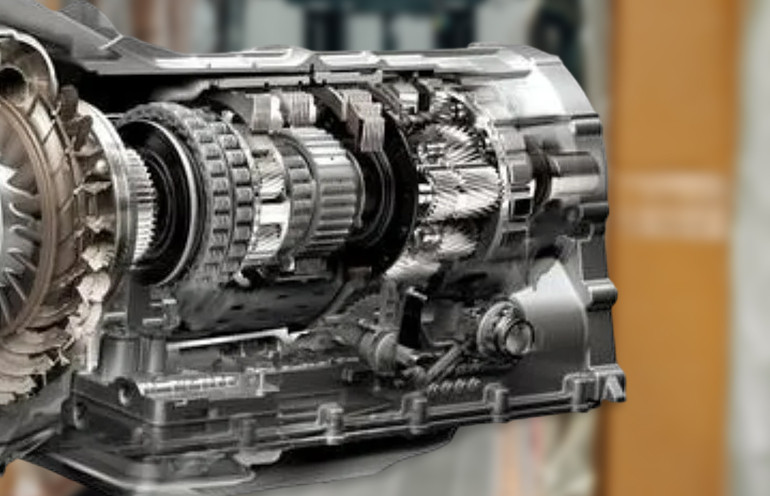Replacing a forklift transmission is a significant task that requires careful attention to detail to ensure optimal performance and longevity of your equipment. Proper maintenance during and after the replacement process is crucial to avoid potential issues and maximize the efficiency of your forklift. Here’s a guide to the essential steps you should take:
1. Flush the Radiator
One of the most important steps in the transmission replacement process is to flush the radiator. The radiator plays a vital role in keeping the transmission cool, and any contaminants from the old transmission can be transferred to the new one if not properly addressed. Flushing the radiator helps remove any residual debris and ensures that the cooling system is functioning correctly.
2. Replace the Fluids
Along with flushing the radiator, replacing all the fluids is essential. This includes not only the transmission fluid but also the engine oil, coolant, and any other fluids that might have been affected during the replacement process. Fresh fluids will help ensure that the new transmission operates smoothly and efficiently.
3. Consider Replacing the Radiator
In many cases, it’s recommended to replace the radiator entirely when installing a new transmission. Over time, radiators can become worn out or contaminated, which can affect their cooling efficiency. A new radiator can help maintain optimal temperatures and prevent overheating issues with the new transmission.
4. Check and Replace Filters
Don’t forget to check and replace any filters associated with the transmission system. This includes the transmission filter, oil filter, and air filter. Clean or new filters will help ensure that contaminants do not enter the new transmission, extending its lifespan and maintaining performance.
5. Inspect and Repair Hoses and Lines
During the transmission replacement process, inspect all hoses and lines for any signs of wear or damage. Replace any that are compromised to prevent leaks and ensure proper fluid flow throughout the system.
6. Test the System
After the replacement and maintenance tasks are completed, thoroughly test the forklift to ensure everything is functioning correctly. Check for any leaks, listen for unusual noises, and monitor the performance of the new transmission. Address any issues promptly to avoid further complications.
Conclusion
Proper maintenance during a forklift transmission replacement is essential to ensure the longevity and efficiency of your equipment. By flushing the radiator, replacing fluids, considering a new radiator, and checking other components, you can help ensure that your forklift operates smoothly and reliably.
For more tips on forklift maintenance and repair, stay tuned to our blog. If you have any questions or need assistance with your forklift’s transmission replacement, feel free to contact us!

